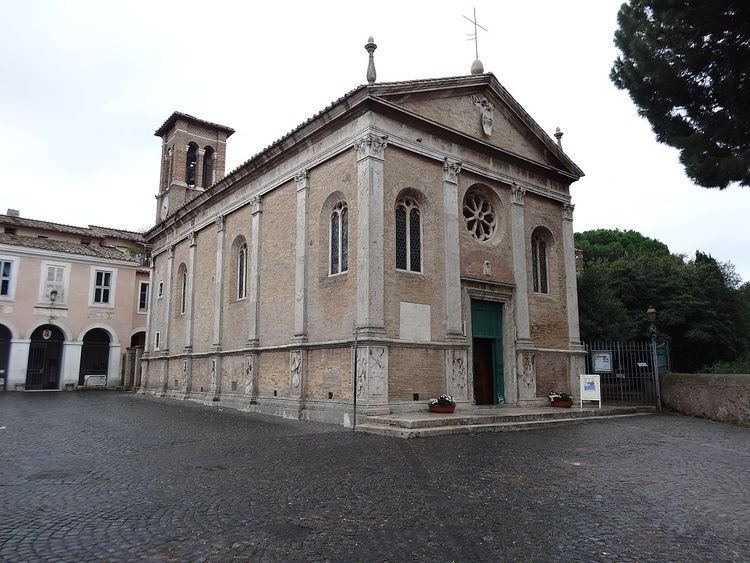Phone +39 06 565 0018 | ||
 | ||
Similar Ostia Antica, Castello di Giulio II, Domus of Amor and Psyche, Museo Archeologico Ostiense, Necropolis ‑ Excavatio | ||
Santo del d a 19 de julio santa aurea
The Basilica of Santa Aurea is a church situated in the Ostia Antica district of Ostia, Italy. Ostia became an episcopal see as early as the 3rd century AD. The present-day church, completed in 1483, it was the seat of the suburbicarian diocese of Ostia until 1966, when Ostia became part of the diocese of Rome.
Contents
History
The church was built at the end of the 15th century by order of the French cardinal Guillaume d'Estouteville, and was completed by Cardinal Giuliano della Rovere (the future Pope Julius II). The actual construction was entrusted to Baccio Pontelli, who had also built the neighboring fortress.
It is uncertain whether the church was built over a pre-existing Paleochristian church, but according to tradition, the patron saint of Ostia, the martyr Saint Aurea, was buried near the present-day location of the church. According to tradition, the relics of Saint Monica, mother of Augustine of Hippo, rested at this early church of Santa Aurea before being translated to Rome to the church of San Trifone in Posterula and finally to the Basilica di Sant'Agostino. The relics of St. Asterius of Ostia are enshrined at Santa Aurea.
Description
The inside of the basilica contains a single nave, and the church is illuminated by a rose window and double lancet windows dating from the 15th century. The church contains a chapel dedicated to Saint Monica, which contains a sepulchral stone re-discovered in the summer of 1945 that contains a funerary epigraph written by Anicius Bassus. The fragment was discovered after two boys were digging a hole to plant a football post in the courtyard beside Santa Aurea.
The chapel contains a painting by Pietro da Cortona called the Ecstasy of Saint Monica (Estasi di santa Monica). The apse is dedicated with frescoes of the 16th century. The basilica, center of a parish dating from the Paleochristian age, has been a titulus since the 12th century.
